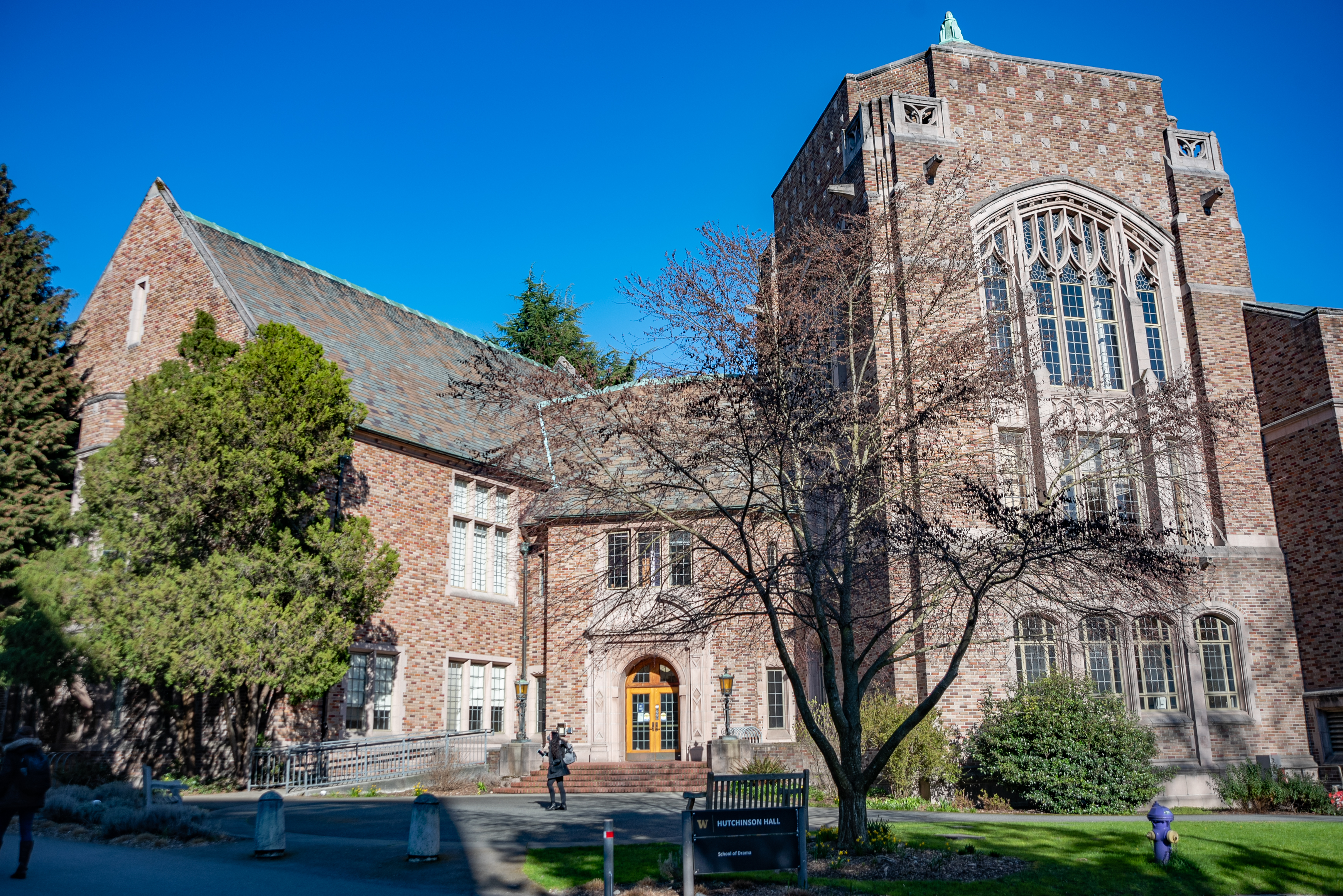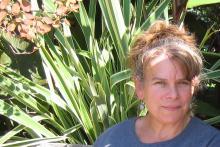Susan Finque as Nancy Drew in the Archives: In Search of the Actors' Contract
With the support of the Witham Fund for Dissertation Research, I was able to spend a week this summer delving into the archives of one of the Americas' most beloved small libraries. The Rosenbach Museum and Library is tucked away on Delancey Street, in a tree-lined neighborhood just off center city Philadelphia's historic Rittenhouse Square. Staged in the former home of Abraham Simon Wolf Rosenbach, his brother Phillip, and their mother and sisters before them, the Rosenbach houses some of the most treasured and important manuscripts of literature, theatre, history of the Americas, Judaica, and the written word itself. By its own mission statement, the trustees of the Library are clearly impassioned with the vision of the Library as a dynamic space of gathering:
"The Rosenbach of the Free Library of Philadelphia seeks to inspire curiosity, inquiry, and creativity by engaging broad audiences in exhibitions, programs, and research based on its remarkable and expanding collections.”
Well readers, they sought me, and found me! With the help of librarian Elizabeth Fuller, I was able to spend eight-hour days examining, reading, photographing, and inquiring about literary treasures. In a light-filled 100-year-old study, I bent my head over the manuscripts, books, and maps carefully laid out on the expansive worktable, which was as large as the room. As tempted as I was to see the original drawings of Alice in Wonderland; Joyce's Ulysses in progress; quartos, folios, manuscripts, and drawings of Shakespeare, Cervantes, Oscar Wilde, Phyllis Wheatley, Bram Stoker, Marianne Moore, Maurice Sendak, Mercedes De Acosta, Abraham Lincoln, Thomas Jefferson, Queen Elizabeth I, Charles Dickens—gasp—not to mention unimaginable and ancient incunabula—for this first visit I had a mission of my own. I wanted to examine a 400-year-old contract, a document signed in the Port of Callao, City Of Kings (Los Reyes), Lima, Peru, June 28, 1599. I had read about the contract in a 1938 pamphlet written by Dr. R. himself, who had purchased it from "that intrepid explorer" Bertram T. Lee. In it, a group of Spanish comediens, 6 men and, most astonishingly, 2 women, formed a compania de parte, or a company of shareholders. As translated by Dr. R., the terminology was close to the standard language of contracts of the signatories' contemporaries in Elizabethan England's emerging professional theatre. 1599, the year Shakespeare was penning Hamlet. 1599, nearly 150-years before theatre history tells us any "professional" actors arrived in the Americas.
As tempted as I was to see the original drawings of Alice in Wonderland; Joyce's Ulysses in progress; quartos, folios, manuscripts, and drawings of Shakespeare, Cervantes, Oscar Wilde, Phyllis Wheatley, Bram Stoker, Marianne Moore, Maurice Sendak, Mercedes De Acosta, Abraham Lincoln, Thomas Jefferson, Queen Elizabeth I, Charles Dickens—gasp—not to mention unimaginable and ancient incunabula—for this first visit I had a mission of my own.
I wanted to see if the contract existed. I wanted to touch the vellum sheaths and imagine the people behind the signatures. My task was also to examine the Peruvian documents held at the Rosenbach, documents relatively contemporary in time to the beginning of the 17th-century. How did the value of the actors' costumes, carefully documented in the contract as their most valuable assets, compare, say, to the cost of a stolen horse? A female slave? The tax owed to the Spanish King by each and every man, woman, and child of the indigenous peoples still alive in invaded Andean Peru? What of Lima might be construed from legal documents of the Inquisition? Or from the precious manuscripts of Inca Garcilaso de la Vega, the mestizo historian who wrote a history of his mother's people in the aptly titled Commentarios Reales?
Lima, in other words, is where actors of the ancient indigenous world first collided with actors of the Peninsular (and importantly, not British) profession.
When I first entered the Rosenbach's American Room, my eyes were drawn directly to the binding of the original 17th-century Commentarios, the text that has proven central to my dissertation research, and to my growing argument for Peru as the site that drew America's first actors to its shore, and also as the place where Performance was already established as one of the key languages of indigenous culture. Lima, in other words, is where actors of the ancient indigenous world first collided with actors of the Peninsular (and importantly, not British) profession.
Being "buried in the archives" was not a lonely venture at all. I was accompanied by the sights, smells, and sounds of Philadelphia's present and past, the neighbors of City Center, the ghosts of Peruvian inquisitors, conquistadors, and a group of actors looking for a better life in a world only imagined from the chronicles of ships' captains, the crown's emissaries, and the Church's proselytizers. Every day I walked the 300-steps from my third-floor studio walk-up to the Rosenbach, and the neighbors, bakers, grocers, cops, old folks, and dogs began to recognize me. My solitude and concentration allowed deep engagement with everything I encountered, and my research at the library empowered not only my dissertation investigation, but my bona fides and inner confidence as a detective of the written word, the documented image, and the material history of the book or manuscript itself.
Thanks Dr. Witham, and everyone out there in UW School of Drama world. I'll be teaching this fall and in Lima by January. Now, you are all part of the journey.
Susan

